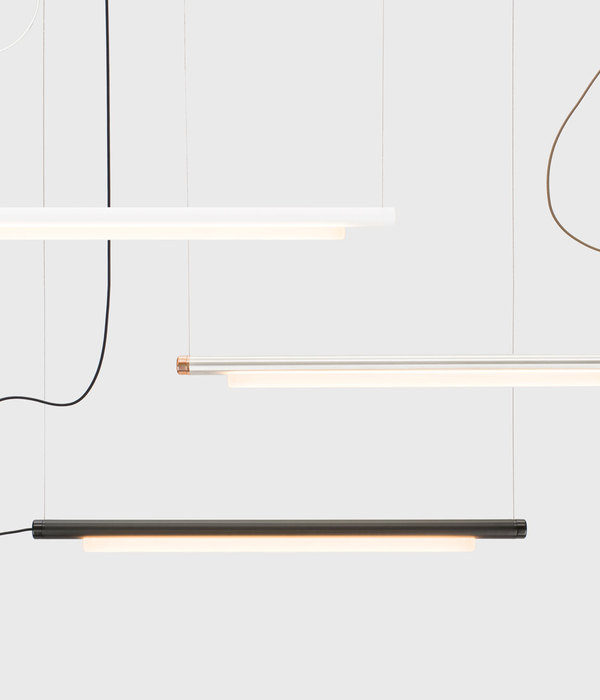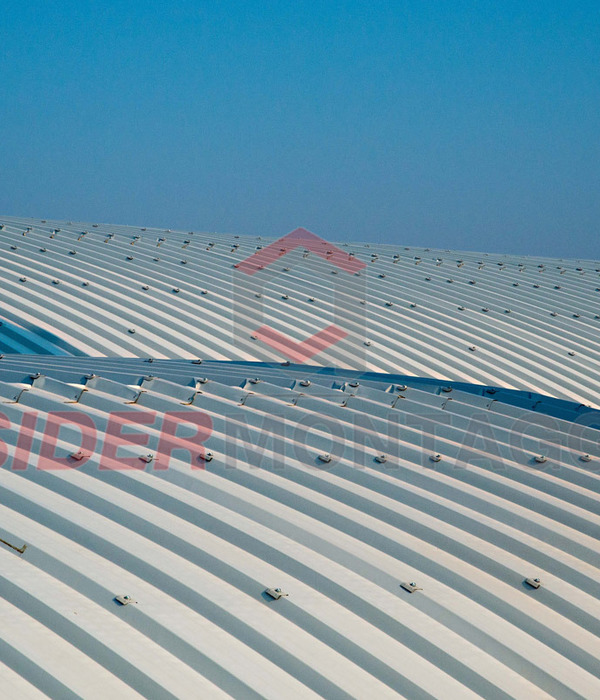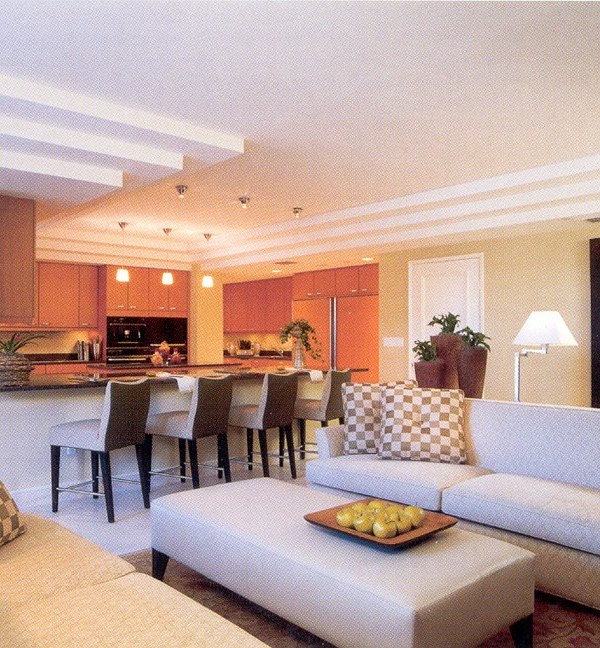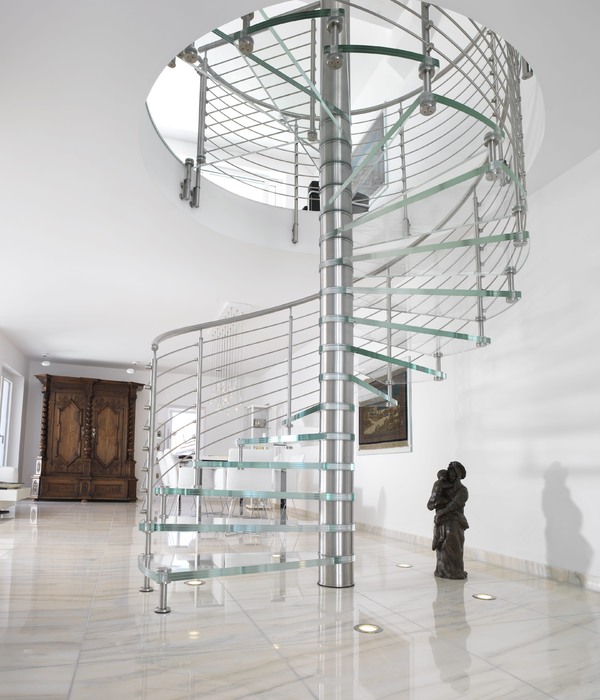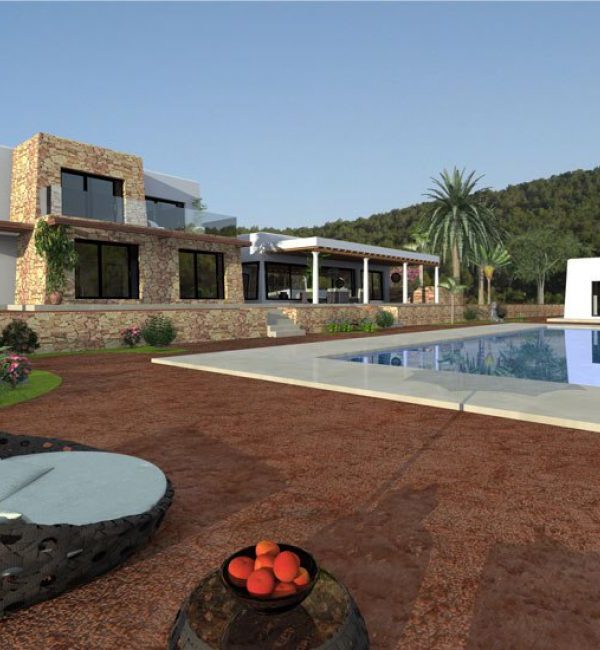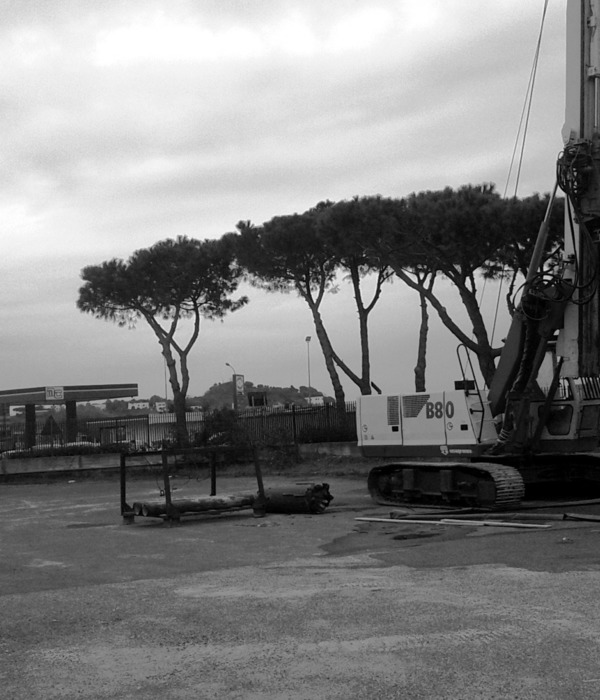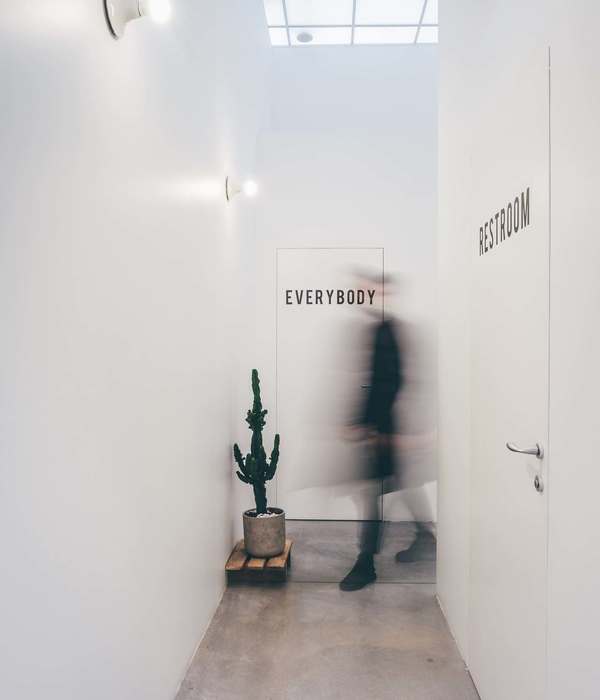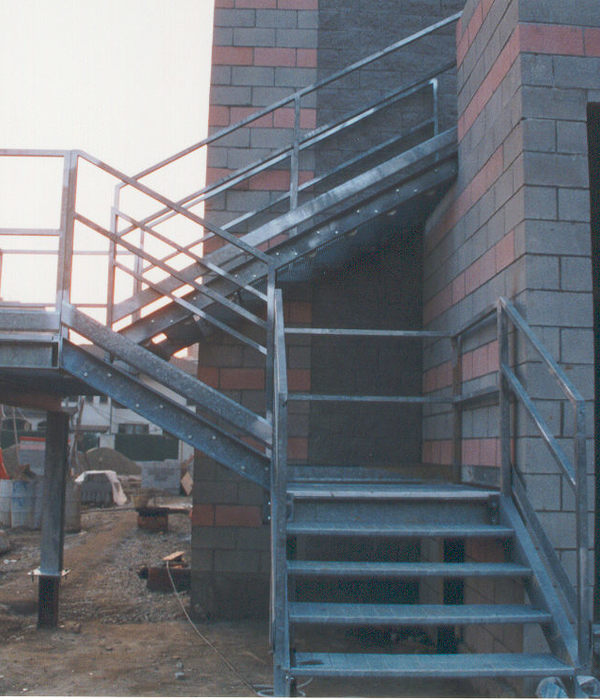What if students were able to make a change for poorer regions of the world with a small-scale intervention in architecture?
Two students challenged this question by setting up their own Design-Build-Project and designing a prototypical pavilion structure for public use in East Africa.
The combination of design research and architectural composition triggered the project to grow beyond a theoretic level. With the vision to show the feasibility and potential of the sustainably designed pavilion, the students Laura Katharina Strähle and Ellen Rouwendal developed a design for a community centre in a rural village in West-Kenya.
The research of building techniques, cultural and construction patterns resulted in the reinterpretation of traditional patterns of inhabitation and the final design. Managing the follow-up five month construction phase, acquisition of all funding and having the project leadership on site forms part of the students’ challenge to explore the potentials of a Design-Build-approach on academic level.
The design for the pavilion structure is inspired by the local Acacia Tree. Under the trees, people like to gather for being protected from sun and rain. By modifying the principle for a reciprocal roof by Leonardo da Vinci, the culture of the community is translated into an architectural roofscape resulting in a prototype building principle. The main structure is made of bamboo creating a 64 sqm column free space underneath. The shape of the roof, the open courtyard and the permeable walls provide optimal water catchment and a constant breeze inside. Simplicity, low-tech design solutions and an understandable design process are the most significant aspects to communicate and realize the project successfully with the local inhabitants, local workers and international students.
Within a period of less than two years, the students proof that the design fulfils its goals towards creating a design with a strong impact on architecture in poorer parts of the world.
{{item.text_origin}}

